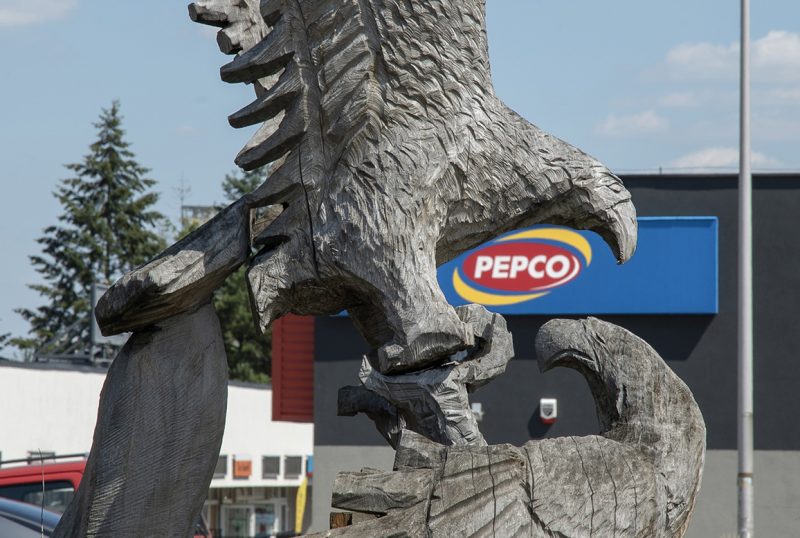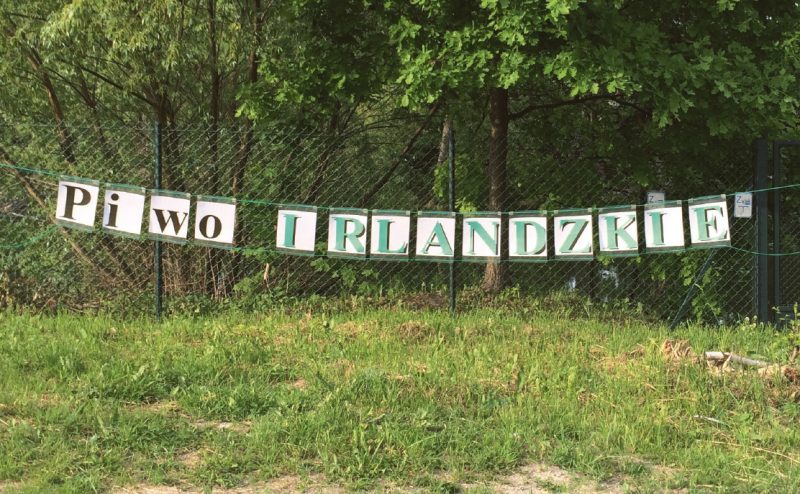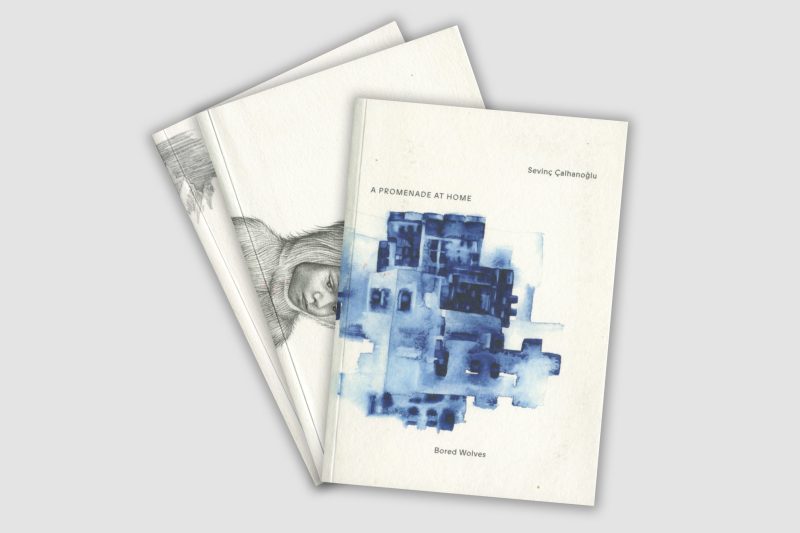
Magdalena Ujma
EdItorial: GLOBAL PERIPHERIES

In the third issue of Elementy, we try to show a shift in the understanding of distance and attempts to escape the pair of mutually exclusive notions of ‘peripheries’ and ‘centre’. Let me refer to Piotr Piotrowski, an authority in the study of the above issues in relation to the art history of Eastern Europe, who explained that ‘centres are only interesting insofar as we consider them as peripheries’. And further: ‘everything is peripheral because it is immersed in a specific context’.1 The researcher preferred to use the term ‘margins’, considering it more relevant to today’s situation.
So, we could say that the peripheries-margins are by no means located at the end of the world. We are unable to locate them according to the distance criteria measured in kilometres. Living in the middle of the forest, one can be up to date with science, culture, media, politics, even better than many living in the supposed centre, i.e. a large metropolis. The founders of the Bored Wolves publishing house, featured in this issue of Elementy, moved from New York to a village in the Beskid Mountains. Their activity is a proof of the complete redefinition of the way we understand distance. Running a niche publishing house, they stay in touch with their authors and audiences in Turkey, America and England through advanced communication technologies. Reality, however, has strongly verified our views about the Internet. After all, the global network today operates according to a model that Shoshana Zuboff has called a ‘surveillance capitalism’.
In recent years, it has become trendy in Poland to be interested in things located far from the centre, in terms of both physical and mental distance. Such ‘peripheries’ took on the shape of an imagined province in the minds of their followers. Moving out to the countryside has become popular among professionally burnt-out corporate employees. They buy houses in the Mazury (Masuria), and Podlasie (Podlachia) regions or the Low Beskids and shape them according to their aspirations, creating, for example, an ‘English cottage in Roztocze’. Some have chosen to sell their dreams of idyllic living to others; the most original business ideas emphasise the phantasm nature of their visions: country spas, lavender plantations or glamour camp-sites. These proposals have nothing to do with the countryside as it existed in Poland until the 1990s. For this countryside, there is no place in the collective imagination, it is a blank spot. Bartosz Zaskórski’s essay published in this issue paints a picture of the countryside in terms of post-apocalyptic horror, capturing the consequences of such a perspective. Aleksandra Toborowicz, on the other hand, focuses on the small-town aesthetic of the ‘end of the world’.
The phantasmatic province differs from the one understood in political terms. The latter was brought by the rightward turn in politics. Aspirations of the residents of small towns and villages were then recognised and included in the plans of the authorities, who, in their narrative, attempted to pit this group against the residents of large cities. However, such an interest in Poland outside the metropolises had also several advantages. It enhanced its visibility. It turned out that, overall, this Poland is important as well. It yielded many research projects at the intersection of political science, sociology, anthropology and cultural studies. A number of reportages dedicated to the economic situation (for example works by Marek Szymaniak and Filip Springer) or history (studies on serfdom, post-German heritage, emigration) were published. The interest in the rural province seen in the recent years is summarised in the current issue of Elementy by Waldemar Kuligowski, who focuses on the development of the ‘rural history of Poland’ based on the works and phenomena of literature and popular culture. Paulina Małochleb devotes her text to a similar theme, yet focusing on the folk turn in the prose from the recent years.
This wave made the cultural power of small towns and villages be recognised. The bwa Tarnów gallery is widely praised in the contemporary art world, similar visibility was also gained by other galleries such as: the Municipal Centre of Art in Gorzów Wielkopolski, bwa in Bydgoszcz, in Kalisz and the like. Nationwide critics praise them if they show similarity to the Warsaw galleries, while if they do not follow their model, they are not noticed at all. The nostalgia for the network of Art Exhibition Offices (bwas), established in the period of the Polish People’s Republic, is interesting in this context. At some point, after 2010, the name ‘bwa’ ceased to be an embarrassing vestige of the past. Ewa Tatar writes about the initiative she co-organised, i.e., the bwa open-air workshop project, which was launched to rethink the legacy of communist Poland, update it and come up with a new network of cooperation between contemporary art galleries, covering all of Poland.
Finally, an art strand associated with the countryside has emerged in contemporary Poland with Daniel Rycharski as the undisputed leader. Being an expressive artist gifted with charisma, he actually overshadowed the activities of other creators dealing with a similar theme, obviously in different ways. These include, for example, Marta Jamróg and Małgorzata Mycek, as well as Karol Palczak, Krzysztof Maniak and Jan Kowal. In Elementy, we publish a conversation with Daniel Rycharski, in which he tells Szymon Maliborski that the countryside is disappearing, and the role of the artist is to follow this inevitable process with bitter commentary. Speaking of artistic communities operating outside of large agglomerations: Agata Sulikowska conducted a study of visual artists located in the Podkarpacie (Subcarpathia) region. In the discussion we publish, she shows a sample of this group’s world-view, revealing its pride in the rather conservative identity.
The mythologisation of the province combines exaltation and disregard of everything that made up the province. In the art world, mythologisation is expressed in the belief that the ‘province’ would protect values under threat in large institutions and cities, where censorship and political pressure are experienced. Hence the conviction expressed in private conversations that galleries in smaller towns remain an oasis of freedom of expression. Exaltation appears in tandem with a swing of collective affect in the other direction and the perception of towns and villages as places where the evil consisting of xenophobia, backwardness, fanatical Catholicism and anti-Semitism is spreading. The landscape too has become a target for criticism. Its ugliness and chaos are recognised, same as its deviation from idyllicity towards pragmatism and the expression of the economic and social aspirations of its users and residents. In Elementy, however, Marcin Laberschek shows the little-known phenomenon of bottom-up monuments erected in the Polish landscape, juxtaposing them with the concept of monumental folklore. Olga Drenda shows how the fading rurality merges with the spreading urbanity to create a new landscape, which she called after Thomas Sieverts a ‘Zwischenstadt’. Karolina Kolenda, on the other hand, analyses promising Polish attempts to create architectural projects that would derive from the tradition of rural construction and, by fitting into the new Polish landscape, would thus co-create it.
Finally, the very concept of the ‘ends of the world’, for this is the title of the current issue of Elementy, can refer to the question of the new art circuits under-recognised by critics as well as their participants. Monika Weychert dedicated her text to the participation of Roma artists in artistic life and the process of their ethnographisation. Wojciech Szafrański, on the other hand, analysed the contemporary art market in Poland, showing how it is dominated by tendencies towards ‘magic realism’ and metaphorical figuration, which are not appreciated by art historians.
The topic of the periphery and margins of art undoubtedly inspires many current attempts to map the world that is changing in front of our eyes. We invite you to read our excerpt of the reflection dedicated to it.
Przypis
1R. Kosinsky, J. Elantkowski, B. Dudás, Droga, którą warto podążać. Rozmowa z Piotrem Piotrowskim, 30.03.2015, https://archiwum-obieg.u-jazdowski.pl/teksty/35105 [accessed on: 4 November 2022].
Magdalena Ujma
art historian and critic, curator of modern art exhibitions and projects. Has a degree in the history of art (Catholic University of Lublin) and culture management (Ecole de Commerce, Dijon). Ran the NN Gallery in Lublin and worked in the Kresy literary quarterly, in the Museum of Art in Łódź and in the Art Bunker Gallery in Kraków. Takes care of the collection in the Cricoteka Centre for the Documentation of Art of Tadeusz Kantor in Kraków. President of the Polish Section of the International Association of Art Critics (AICA).
ORCID



